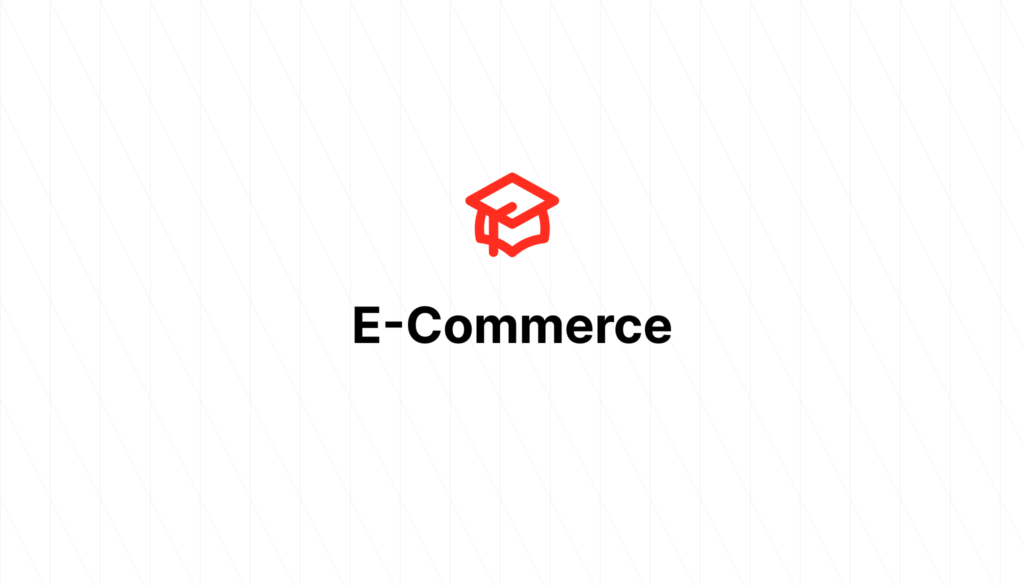Electronic commerce or electronic business, in its broadest sense, permeates many aspects of the world marketplace today. Electronic business (e-business) involves much more than just the retail marketing transactions conducted by dot-coms on the World Wide Web (the Web), it involves the transfer of technical information, electronic funds, inventory and demand statistics, and marketing practices (Schneider, 2010). This article will explore the different venues of e-business and compare variables in supply chain management.

Types of E-Business
The three basic categories of e-business include business-to-consumer (B2C), business-to-business (B2B), and business processes. A B2C e-business involves marketing and selling products or services directly to the consuming public. B2B e-businesses are conducting business transactions via the Web such as exchanging technical and supply information or transferring funds to other branches or businesses. The term “business processes” refers to all of the transactions and technical processes for which business organizations, governments, and other establishments use the Web to support purchasing, selling, and management activities (Schneider, 2010).
Types of Internet transactions can vary widely depending on the type of business and what venue of the marketplace the organization serves. The activities and processes that lead up to an organization’s particular product or service are known as the company’s supply chain (Schneider, 2010). The supply chain for a B2B site may vary greatly from that of a B2C site because the type of information and the end user can be very different. The B2B site will, in most cases, be dealing with other businesses exchanging information or funds, whereas the B2C site will be addressing the consumer directly.
The B2B Supply Chain versus the B2C Supply Chain
The e-business type known as “business processes” was the first type of e-business to exist. When the United States Department of Defense began creating a standardized language to reduce document replication and begin connecting computer databases in the 1960s, electronic business was born. In the beginning phases of the Web, information was shared only between government offices. As the Internet developed certain universities were included, and then some private industry. Sharing information between government offices, then universities, and then private business began what consumers know today as the Web.
The first Web surfers were government officials, scholars, and financial administrators, and the first Internet sites were B2B sites primarily for the purpose of sharing technical, standardized, general information with other known members of the group. The purpose of Internet processes was the transfer of information and focus was on e-mail and file sharing. As the world marketplace began to understand the commercial potential of the Web, B2B sites grew exponentially, sharing information and developing electronic data interchange (EDI) processes to facilitate progress. Businesses began forming value added networks (VAN) so that wholesale suppliers could communicate directly with goods manufacturers, distributors, and retailers to keep the flow of business running smoothly. In these early stages only large, well established companies could afford to join a VAN or implement the types of networking systems necessary to share technical information on this level. As the Internet has grown, however, information sharing and data transfer has become a reality for even the smallest business (Schneider, 2010).
With B2C sites e-commerce begins to become very complex. The supply chain involved with a B2C site involves every process of every group (or person) involved with the production and delivery of the product or service to the customer. For an automobile site the supply chain involves not only the salesperson at the dealership that makes the final sale but also the inventory specialist, the production line supervisor, and the rubber and metal suppliers. For a B2C site the involvement does not end here, though. Successful supply chain management (SCM) executives understand the importance of using the Web to facilitate global sales and operations planning (S&Op;). The most effective supply chain managers utilize the changes in technology to their greatest advantage by sharing information that allows optimization of warehousing, transportation, and inventory availability (Dittmann, Mentzer & Slone, 2007).
B2C e-business sites take the Internet a step further than B2B e-businesses because they involve the consumer. B2C sites can be used to gather valuable marketing information from the customer’s the business hopes to sell its products to and facilitate the development of operations planning or product review. B2C sites allow the e-business to market and sell directly to the consumer from the site itself, which for many businesses has reduced costs in many areas including manpower, inventory, production, and advertising costs.
Conclusion
From its humble beginnings as a few shared databases in the 1960s, the World Wide Web has grown at an astronomical pace. For many years commercial businesses have transferred information and funds electronically, but since the advances in shared electronic languages in the early 1990s electronic commerce is available to all. B2B sites that shared information primary between themselves have paved the way for B2C sites that involve and even utilize the consumer to help facilitate the prediction of market trends and preferences. The many types of e-commerce that exist today will surely only grow and become more complex as commercial industry and the public become more integrated with one another through the use of continually developing technologies.
